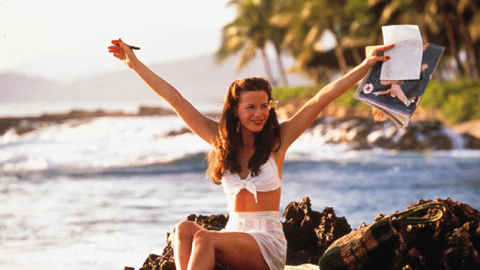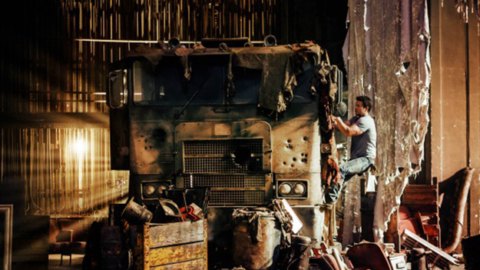Deep Focus: 13 Hours: The Secret Soldiers of Benghazi
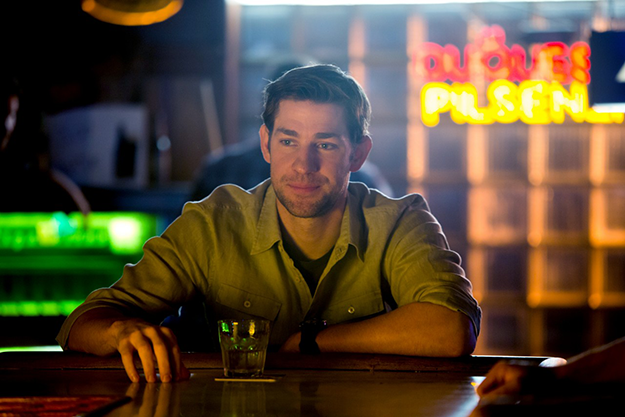
Michael Bay’s 13 Hours: The Secret Soldiers of Benghazi tells an eyewitness version of what happened on September 11 and 12, 2012, in Eastern Libya, with gripping, relentless immediacy and heartbreaking empathy. It adopts the perspective of the lamentably small security team that battles waves of anti-American attackers both at Benghazi’s U.S. diplomatic compound and, later, at the team’s own base, “the Annex,” a supposedly secret CIA outpost.
As private contractors with the CIA’s Global Response Staff (or GRS), these half-dozen men are not obligated to venture into harm’s way at the compound. In fact, they’re ordered not to. But as veterans and patriots—two former SEALs, three ex-Marines, and one former Army Ranger—they don’t relinquish their sense of duty when they shed their uniforms. Knowing that State Department resources could not match a radical Islamist assault and that no other help would come quickly, if at all, they act on their own initiative and fight their way into the besieged compound. They protect American personnel and intelligence secrets from rampaging militias. Tragically, they do not arrive in time to save Ambassador Chris Stevens (Matt Letscher) and communications officer Sean Smith (Christopher Dingli).
13 Hours is one combat movie that doesn’t blink—and it doesn’t gloat, either. Like Ridley Scott’s Black Hawk Down, it’s the rare contemporary war film in which every wound hurts. Even when the men take pleasure in “kicking the ass” of the enemy, they express relief more than triumph. They don’t go looking for trouble. They repeat variations on one loaded catchphrase, before an Islamic militant tosses a bomb or shoots a gun: “Don’t do that.” Filmed with the consultation of the actual GRS squad, and based on a book that chronicles their shared experience, this movie boasts its own unpredictable naturalism and humanity.
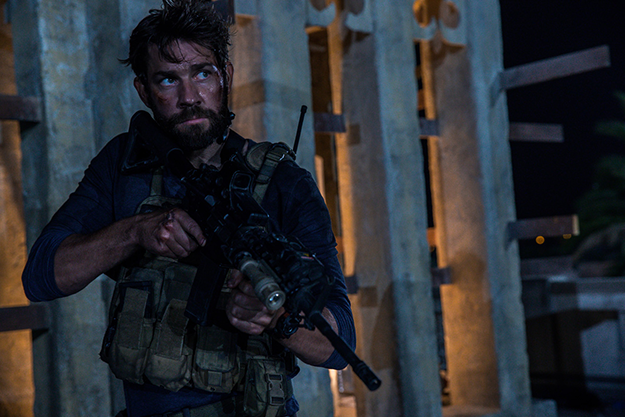
Bay relies on his lead performers to set a rueful mood and to imbue the GRS team with an aura of practical intelligence. The cast comes through for him—and for their real-life counterparts, too. Bay has never directed a truer scene than GRS comrades-in-arms Jack Silva (John Krasinski) and Tyrone Woods (James Badge Dale) communing on an Annex rooftop in the early morning hours. (Most of the names are genuine; Silva’s is a pseudonym.) Silva says he hasn’t thought about his family all night. But during this lull in the battle his adrenaline subsides and his wife and daughters flood into his mind. A quirky romantic comedian in NBC’s The Office, Krasinski is one hell of an actor in this movie; he conjures a dynamic melancholy.
As Wood, Dale manages to be commanding and stalwart without any macho preening. He’s the rare American actor under 40 who can come off “seasoned.” Dale and Krasinski are the core of a crack ensemble, including Pablo Schreiber as the playful, loquacious Kris “Tanto” Paronto, Max Martini as the indomitable good ol’ boy Mark “Oz” Geist, and David Denman as the reserved, disciplined Dave “Boon” Benton (another pseudonym), who buries his head in Joseph Campbell’s The Power of Myth. The movie quotes Campbell’s ideas about heaven, hell, and all our gods being within us, once too often. But that reference is as true to this group’s history as their love for Robert Downey Jr. proclaiming in Tropic Thunder, “I’m the dude playin’ the dude, disguised as another dude!” These dudes know exactly who they are.
What’s remarkable about Bay’s work in this movie is its bracing clarity about chaos. Every choice he makes adds texture to the portrait of a warrior’s code practiced in absurd extremes. He and Chuck Hogan, who adapted 13 Hours: The Inside Account of What Really Happened in Benghazi, written by Mitchell Zuckoff with the Annex Security Team, emphasize from start to finish that these men operate in a country they don’t love and find difficult to understand. The GRS must work with CIA case officers who disdain the security team’s hard-won wisdom while they pursue their own fragile objective: establishing a stable Libyan government after the 42-year reign of strongman Muammar Gaddafi.
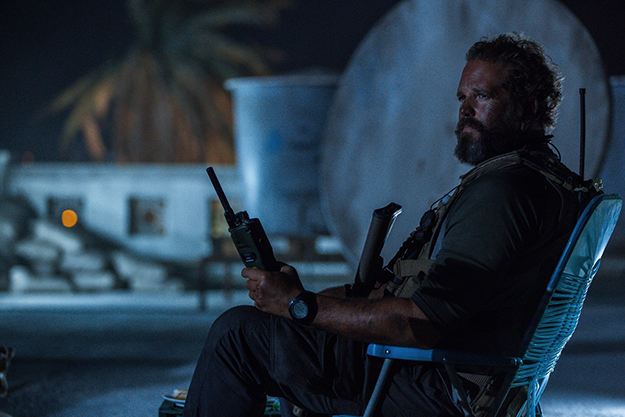
As rival local armies, equipped with remnants of Gaddafi’s arsenal, wage ruthless turf wars, it’s impossible for Americans to tell enemies from allies. The GRS crew must constantly ask men with guns “Who are you?”—or, in the midst of firefights, demand of the CIA base chief, Bob (David Costabile), “Are you expecting ‘friendlies’”? Dramatically, physically, and viscerally, this movie is all of a piece. It plays like a wide-awake nightmare. Starting with the first evening attack at roughly 9:30 and continuing for 13 hours, it’s a harrowing long night’s journey into day.
Bay’s fleet visual style illuminates a kaleidoscopic debacle that ranges from the Pentagon to an air force base in Aviano, Italy, where planes that might have provided air support never get off the ground. Pietro Scalia (Black Hawk Down) and Bay veteran Calvin Wimmer did the crackerjack editing. Along with cinematographer Dion Beebe, they’re as deft at conveying the tensions of split-second micro-conflicts—nerve-wracking face-offs between GRS men and Benghazi radicals, in which the slightest twitch can prove fatal—as they are at expressing the enveloping anarchy of the 9/11, 11th-anniversary disaster.
The ambitious narrative harnesses Bay’s runaway energy and puts it to useful work as the movie jumps among several different characters. The abruptness of the attack on the compound confuses and divides the Americans stationed there, and the GRS men split up as soon as they approach the site. They strive to gain an inside track and achieve an overview of a situation that’s both volatile and unreadable, whether by climbing atop rubble or exploring any possible side or back entrance. All the while they struggle in vain to ascertain whether rifle-wielding locals are their ostensible partners in the February 17 Martyrs Brigade.
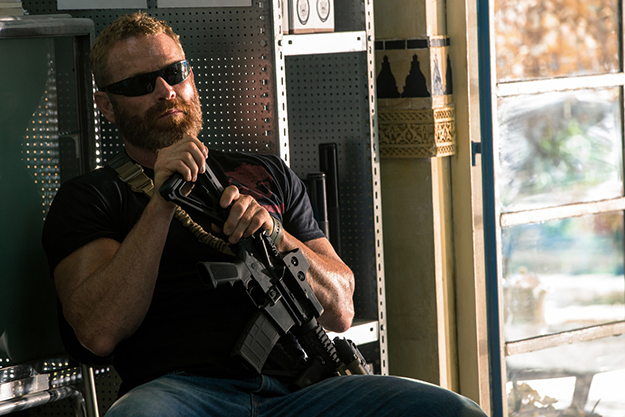
Hogan, the author of the source book for Ben Affleck’s Boston-set thriller The Town and Guillermo del Toro’s co-creator on the trilogy and TV series The Strain, has written a sturdy script. The filmmakers slightly overplay the arrogance of Ivy League CIA operatives. The one sizable female character, a CIA case worker played by the stunning and intelligent Alexia Barlier, moves too starkly from snobbery to admiration of the fighting men. The movie does take pains, though, to dramatize that her goals are admirable: clearing Libya of Gaddafi’s armaments.
When a GRS chief pegs Ambassador Stevens as a “true believer,” it’s an accurate description, not a putdown. Stevens has committed himself to cementing bonds between Libyans and Americans in a direct, personal way. But Bay’s “secret soldiers” are disillusioned about the effectiveness of U.S. interventions in the Middle East. They’ve seen up close what happened in Iraq and Afghanistan.
The biggest revelation in the 2014 source book is that the CIA base chief kept ordering the GRS squad to “stand down” until the men broke loose on their own. (The Senate Intelligence Committee report “found no evidence of intentional delay or obstruction by the Chief of Base,” but did include, in a footnote, evidence that the security team left for the compound without the chief’s approval.) The GRS survivors feel that if they hadn’t been held back, they could have rescued Ambassador Stevens and Sean Smith. They also contend that if they had received any U.S. air support—even an intimidating flyover—the deaths of two GRS operatives in a mortar attack could have been prevented. The movie makes a persuasive case for their position without politicizing it or vulgarizing it with chest-thumping.
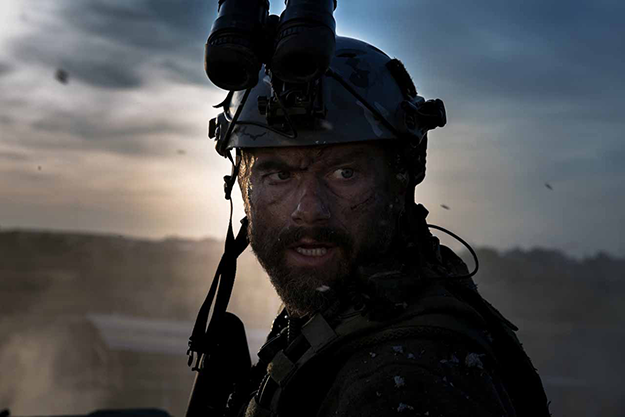
Bay avoids portraying Libyans as an unknowable and ominous Other. One purely likable character is Amahl (Peyman Moaadi), a Libyan worker at the Annex who gets pressed into service as a battlefield interpreter. He cuts a squat, semi-comical figure, but he’s not some 21st-century Gunga Din. He has no desire to sever his home ties and exit Benghazi with the Americans. He’s a patriot for his own troubled country. Bay limns Libya not as a spoke in the axis of evil, but as the scene of utter pandemonium. “Surreal,” Jack mutters when, through an open door, he spies an old man watching soccer on TV while bullets streak the air around him. And it is surreal. Bay’s cameras take in striking images of Libyan youths dancing on a wrecked car or setting off a bottle rocket without judging them. In the aftermath of battle, Bay portrays the grief of Libyan women mourning their dead. He honors them without sentimentalizing them.
In his Bad Boys and Transformers franchises, Bay has made a career out of visual overkill. But in 13 Hours his compelling panoramas serve the story. Benghazi’s Mediterranean coast is still a dazzling blue-gold sight, but the location of the Annex next to a scrubby orchard, a sheep run, and a slaughterhouse turns into a geography of horror. It already appears to have been bombed back to the Stone Age. The movie reaches its peak of eerie beauty during the night fighting. Enemy fighters creep through white nets flapping in the wind, as if they’ve melded with ghosts. The film’s showiest shot is also its most eloquent—a mortar landing on an Annex rooftop right in back of a fleeing soldier, whose mighty automatic weapon, seen in the corner of the frame, can no longer stave off death.
In 13 Hours, Bay’s commitment to the material lends depth to his action-film facility. His most outrageous visual salvoes land right on target. He may love the military, but he’s made a war film that’s frank enough to earn the respect of pacifists.
Michael Sragow is a contributing editor to FILM COMMENT and writes its Deep Focus column. He is a member of the National Society of Film Critics and the Los Angeles Film Critics Association.



